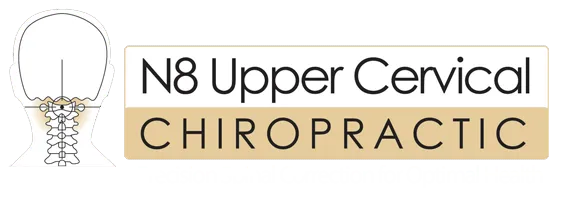
Vertigo is a condition that gives a strange feeling that you or the world around you is spinning. It arises when the balance nerve in the inner ear malfunctions. People frequently mistake vertigo for dizziness, but they are slightly different things.
Dizziness is more of an unbalanced or lighteheaded sensation. Vertigo, on the other hand, is the sensation that you or your surroundings are moving. It creates an actual physical feeling of spinning with no means to make it stop. It is vital to express and be able to differentiate these feelings to your doctor for a proper diagnosis.
The Distressing Impact of Vertigo
An episode of vertigo can cause someone to lie down in bed until the feeling subsides. To get in bed during a bout of vertigo, you may have to crawl on the floor or even up the stairs. Some people even fall to the ground in what is known as a drop attack. Vertigo frequently comes with nausea, sweating, and vomiting. The sad part is that nothing can predict when a vertigo attack will happen. This causes vertigo sufferers to be afraid to leave the house because they don’t know when the next attack will occur.
Vertigo is often associated with Meniere’s disease, as it is one of its main symptoms. Other symptoms of Meniere’s include:
A feeling of fullness in the ear
Tinnitus – ringing in the ear
Hearing loss
Meniere’s episodes can persist for a few minutes or several hours. You may experience an attack once a week, a few times a month, or twice a year. Everyone experiences Meniere’s disease differently.
How to Know if Your Vertigo is Meniere’s Disease
Meniere’s disease is hard to diagnose as no diagnostic test exists to confirm or deny the presence of Meniere's. According to the Mayo Clinic, these are the certain criteria doctors look at for Meniere’s.
Hearing loss confirmed by a hearing test
At least two episodes of vertigo lasting at least 20 minutes but no longer than 24 hours
Tinnitus
A feeling of fullness or congestion in the ears
The exclusion of any other condition with similar symptoms
The last criterion on the list is very vague and can often cause frustration to vertigo sufferers. It means they will have to go through many tests before other conditions are ruled out. The actual disease of Meniere’s afflicts just 0.2% of the population. However, research conducted by Framingham Heart Study on cardiovascular health found that there is 1,000 times that number (2%) who believe they have Meniere’s. Most of these people were told they have Meniere's by their doctors who were overly eager to give a diagnosis.
To learn more about the connection between head and neck injuries and vertigo download our complimentary e-book How to Naturally Relieve Vertigo without Drugs by clicking the image below:
Other Vertigo-Associated Conditions
Besides Meniere’s disease, other health conditions have vertigo as a symptom. Some of them are listed below:
Migraine-associated vertigo (MAV): This can be just as damaging as Meniere’s, but MAV does not come with hearing loss and is also around 15 times more prevalent than Meniere’s.
Strokes
Tumors
Multiple sclerosis
BPPV (benign paroxysmal positional vertigo): The most common cause of vertigo, it is caused by certain head movements that move tiny crystals in the ear and cause vertigo.
Vestibular neuritis
Head or neck injury
Explaining the Root Cause of Vertigo
It has been revealed that a misalignment of the C1 (atlas) and C2 (axis) vertebrae can hinder the flow of cerebrospinal fluid to and from the brain. This liquid acts as a cushion to the brain. If it is hindered from leaving the brain, it can gather due to improper drainage. Vertigo may persist when an obstruction such as this happens.
The upper cervical spine consists of the atlas and axis. These bones protect the brainstem, which relays the signals that are sent between the brain and body. These signals consist of those that tell the brain where the body is in its surroundings.
If the head or neck is involved in some trauma or injury, it can cause the atlas and axis bones to misalign. Misaligned upper cervical vertebrae can cause a lesion to form on the eustachian tube, which can result in vertigo and Meniere’s disease. Often, doctors do not take note of this connection as it takes many years for the lesion to form.
An Effective, Natural Care for Vertigo
Upper cervical chiropractors like our team here at N8 Upper Cervical in Manila are very much aware of this type of connection as we have been trained regarding the issues involving a bone misalignment in the upper neck. As a reliable vertigo chiropractor in Manila, we use a gentle technique to help these bones to naturally return into place, without forceful popping or cracking of the spine. By correcting the misalignment of the upper neck, your vertigo can improve or even go away entirely. Call us to schedule a consultation!
To schedule a consultation with N8 Upper Cervical Chiropractic clinic, call (02) 8553-6218 or just click the button below.
If you are outside of the local area, you can find an Upper Cervical Chiropractor near you at www.uppercervicalawareness.com.


